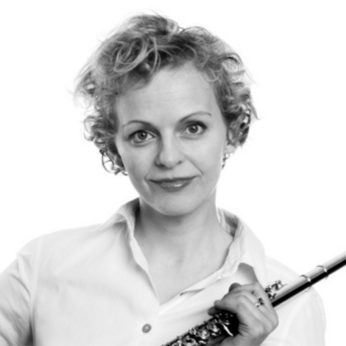Composer: Albert Roussel (b. 1869 - d. 1937)
Performance date: 02/07/2011
Venue: St. Brendan’s Church
Composition Year: 1925
Duration: 00:15:59
Recording Engineer: Anton Timoney, RTÉ lyric fm
Instrumentation Category:Small Mixed Ensemble
Instrumentation Other: fl, hp, vn, va, vc
Artists:
Keith Pascoe -
[violin]
Clíona Doris -
[harp]
Áshildur Haraldsdóttir -
[flute]
Simon Aspell -
[viola]
Christopher Marwood -
[cello]

Copyright © 2024 West Cork Music. All rights reserved.
Designed and developed by Matrix Internet